300 Films, 10 Favorites: A Celebration of My Ongoing Journey through the Criterion Collection
The 10 Classic Films That Shaped My Love for Cinema
Hey Classic Film Fans,
Recently, I surpassed 300 films watched from the Criterion Collection. According to Letterboxd’s new stats for lists feature, that means I’ve watched 513.5 hours of film from 146 directors, spanning 23 countries and 14 languages. To celebrate, I’m sharing my ten favorite classic films from the Criterion Collection.
So, without further ado, here they are, in no particular order:
1. NOTORIOUS (1946)
Notorious remains my favorite Hitchcock film and represents the pinnacle of Hollywood’s Golden Age of studio filmmaking. What makes it stand out to me is the irresistible tug-of-war between duty and love, and how seamlessly it fuses the spy thriller and romance genres without one overpowering the other. Hitchcock masterfully manipulates us into falling in love with Alicia (Ingrid Bergman) and Devlin (Cary Grant) as a couple, only to split them apart for much of the film. This restraint—Hitchcock’s careful control over how much is revealed to the audience, particularly concerning Alicia and Devlin’s emotions—creates an erotic charge that builds throughout the story, reaching its peak in the climax.
In a previous newsletter, I mentioned that Barbara Stanwyck is my favorite actress of all time—but who was I kidding? It’s undoubtedly Ingrid Bergman. Her presence is soothing in a way few other actors can match, with James Stewart being one of them. As Peter Bogdanovich shared on his One Handshake Away podcast, where he and Guillermo del Toro discuss their love of Hitchcock, Cary Grant used to complain that Hitchcock always threw the picture to the leading lady if he could. In the case of Notorious, Grant was right. This film stands on the shoulders of Bergman’s powerhouse performance; for me, it’s her best.
On that same podcast, del Toro mentioned that if he had 10 seconds to decide which Hitchcock film he would preserve forever and run out of the Cinematheque with, it would be Notorious—and Bogdanovich agreed. That’s exactly how I feel.
2. THE PHANTOM CARRIAGE (1921)
The Phantom Carriage is one of the first silent films I ever watched. Despite being over 100 years old, it feels surprisingly modern. Director Victor Sjöström, who also stars as the troubled alcoholic David Holm, uses double exposure, visual effects, and layered flashbacks to create a dreamlike atmosphere that blends the supernatural with raw human emotion.
What resonates with me most about The Phantom Carriage isn’t just Holm’s redemption arc but the character of Sister Edit (Astrid Holm). Her quiet, selfless devotion to a man who continually rejects her care evokes a sense of helplessness many of us have felt when a loved one refuses help. Every pain Holm inflicts on her is reflected in the sorrowful tenderness of her gaze. Yet, in the face of his cruelty, she holds on to a glimmer of hope, believing he might one day be saved. Astrid Holm’s performance is nothing short of heartbreaking, and it's astonishing that a film over a century old can still evoke such powerful emotion.
The Criterion Collection edition offers two scores—one by Swedish composer Matti Bye and the other by KTL. For a first-time viewing, I highly recommend Bye’s score, which captures the full emotional depth of Sjöström’s direction and enhances the film’s haunting atmosphere.
3. THE INNOCENTS (1961)
Maybe it’s because of my childhood experiences at my grandmother’s house in Nicaragua, which I later learned was built atop an old Spanish fort, but the idea of a cursed and haunted land feels strangely familiar to me. This connection is why I consider The Innocents my favorite horror film.
The brilliance of this ghost story lies not only in its eerie atmosphere, sense of decay, and mounting dread, but also in its unyielding ambiguity. It taps into one of humanity’s most primal fears: the fear of the unknown. Is what the Governess, played masterfully by one of my other favorite actresses, Deborah Kerr, experiencing real—or simply a product of her mind? Every time I revisit this film, I think I’ve figured out the answer, only to catch a minor detail in the frame or a subtle line of dialogue that wrecks my theory. This constant uncertainty is part of what makes the film endlessly rewatchable.
Beyond its psychological tension, The Innocents is one of the most beautifully shot films I’ve seen, with stark contrasts of light and shadow, thanks to Freddie Francis’ stunning camerawork. It also features one of my favorite openings and endings of any film.
4. SANSHO THE BAILIFF (1954)
When I began exploring the Criterion Collection, two Japanese directors dominated the conversation: Akira Kurosawa and Yasujirō Ozu. While I admire both, it wasn't until later that I discovered I connected most with Kenji Mizoguchi. His striking visual compositions, long takes, and, most importantly, his exploration of social inequality and class disparity captivated me. These elements come together beautifully in his masterpiece Sansho the Bailiff.
In this humanist film, Mizoguchi challenges us to reflect on our ethics. Can justice exist in a world of inequality? How do societal structures shape individual morality? Is it possible to maintain humanity in the face of overwhelming injustice? These questions make Sansho the Bailiff not just a historical drama but a timeless meditation on the human condition. Its exploration of justice, compassion, and dignity strikes a powerful chord, reminding us that while societal structures may change, the struggle for these ideals remains constant, and that’s why it’s one of my favorites.
5. IKIRU (1952)
I first watched Ikiru a few years ago, shortly after my grandfather passed away. I knew it was about an elderly man facing death, but I didn’t expect it to impact me so profoundly.
In a world that often pushes us to chase society’s definition of success, Ikiru gives me perspective every time I rewatch it. It reminds me of what truly matters: the relationships we build and the impact we can have on others, no matter how fleeting our time may seem. Meaning isn’t found solely in grand gestures but also in small, everyday acts. The film’s unique structure enhances these themes, with most of the narrative told from Watanabe’s perspective and the final portion focusing on those reflecting on his life after his death.
6. BRIEF ENCOUNTER (1945)
Every time I revisit David Lean’s Brief Encounter, it grows more heartbreaking than the last. The story's power lies in its unspoken truth—that this could happen to any of us. Laura (Celia Johnson) and Alec (Trevor Howard) are two ordinary people who lead quiet, predictable lives. They are not searching for love, yet they find it nonetheless. Their bond is not born of circumstance but of something deeply felt that transcends the mundane. Though they both have spouses who love them dearly, there’s an undeniable pull between them, a magnetic force neither can resist. And therein lies the ache—the knowledge that sometimes, life offers us moments we can’t control and might not even be able to ignore.
I’ve always felt that stories of doomed love carry a particular kind of romance far more poignant than those that end with blissful resolution. And in that sense, Brief Encounter is the greatest of them all. It’s not just the affair that lingers in the mind but the quiet tragedy of what can never be—how love, in its most fleeting and fragile form, can feel like the most authentic thing we may ever experience.
7. IN A LONELY PLACE (1950)
Nicholas Ray is my favorite director I’ve discovered through the Criterion Collection. I adore his empathy for outsiders and misfits, the psychological depth of his characters, his portrayal of interpersonal relationships, and his exploration of emotional vulnerability in male protagonists. In a Lonely Place encapsulates all of these and is my favorite noir.
In a Lonely Place explores our self-destructive tendencies and the destructive impulses we often project onto others. Ray’s sleight of hand in switching the story’s perspective from Dixon (Humphrey Bogart) to Laurel (Gloria Grahame) midway through highlights how both have some fault for what ultimately unfolds. This is, for me, the best performance of Bogart’s and Grahame’s careers. Like Hitchcock in Notorious, Ray isn’t interested in solving the mystery; instead, he focuses on the characters' internal struggles and how these shape their relationship. With one of the most devastating final shots in noir, the film leaves us feeling that love and happiness aren’t in the cards for some of us.
8. JOURNEY TO ITALY (1954)
I’ve always been fascinated by films that explore how a location's culture, history, and landscape influence individuals. Journey to Italy, starring Ingrid Bergman and George Sanders and directed by trailblazer Roberto Rossellini, is perhaps the most remarkable example I’ve ever seen.
The plot of Journey to Italy is simple, and in many ways, it doesn’t progress much. Instead, the film is an introspective and spiritual journey. A series of quiet, intimate moments—between married couple Katherine (Bergman) and Alex (Sanders) and their individual explorations of the surrounding area—reveal and reflect their emotional distance. These moments invite the characters to confront their changing relationship and grapple with their feelings, offering them space for self-discovery. What Katerine and Alex are experiencing in their relationship—alienation and isolation—isn’t unique to them; it’s a timeless struggle, as Rossellini suggests when the characters visit the couple unearthed in the ruins of Pompeii.
When I revisited the film for this newsletter, the climax moved me even more deeply. In a world that now often feels dominated by hate and fear, it gave me hope that even love can be found and rekindled amidst the ruins.
9. L ’AVVENTURA (1960)
It should come as no surprise that this film made it to the list, especially after what I wrote about Journey to Italy. In L’Avventura, Antonioni’s characters are displaced, thwarted by a constantly shifting world, and unable to adapt. Antonioni’s mesmerizing shot compositions (see above) suggest each character's inconsolable existential loneliness and alienation. His characters in this film constantly move within the frame, searching for answers, impatient with acclimating to modern life. They are helpless to connect with others. When they manage to form emotional bonds, they quickly realize these connections are fleeting, leaving them even more lost and disconnected when the relationships inevitably unravel. As Jack Nicholson put it when presenting Antonioni with a Lifetime Achievement Oscar:
“Most movies celebrate the ways we connect with one another. The films of this master mourn the failures to connect. In the empty, silent spaces of the world, he has found metaphors that illuminate the silent places of our hearts. And found in them too a strange and terrible beauty—austere, elegant, enigmatic, and haunting.”
This powerful reflection on Antonioni’s work captures the essence of L'Avventura. His films offer a haunting reminder of the existential solitude that shapes our lives in a world where connection feels increasingly elusive. As someone who feels the void created by digital communication, Antonioni’s portrayal of existential longing and isolation touches me deeply. With in-person connection increasingly giving way to digital interactions in our technology-driven world, I hope we don't lose the ability to make authentic, meaningful relationships.
10 (TIE). THE RED SHOES (1948)
My thoughts haven’t changed much since my first newsletter, though I briefly considered I Know Where I’m Going! (1945) as my favorite Powell & Pressburger film, even including it in my Letterboxd top four for a few weeks. But The Red Shoes remains something entirely different. No other film stirs my heart and soul quite in the same way. Every time I return to it, it feels as though it speaks to something within me—something personal and timeless—in a way that few films ever manage.
10 (TIE). CHARADE (1963)
Listen, if Bill Hader can pick 20 films for his Criterion Top 10 by using a loophole, I’m going to exploit it, too. Besides, how could I not include a film where a kid shoots a water gun at Cary Grant’s face?
So many people have said this, and I’m not sure who to attribute it to, but it’s absolutely true: Charade is the best Hitchcock movie Hitchcock never made. It’s an international romantic spy thriller with two of the most beautiful and iconic actors ever to live (Cary Grant and Audrey Hepburn), a delectable carousel of charmingly duplicitous villains (James Coburn, George Kennedy, and Ned Glass), an effervescent score by Henry Mancini, elegant costume design by Hubert de Givenchy, and, of course, a classic MacGuffin to tie it all together! If there’s ever been a definition of a comfort film for me, this is it.
The only sadness this film brings me is the realization that this is the only film Grant and Hepburn made together. Their chemistry is so palpable that I can’t help but wish they were closer in age to have made more films together. They make me believe in love again, just as Myrna Loy and William Powell do whenever I see them on-screen together.
Much to my disappointment, the Criterion edition is short on extras. If Criterion is reading this, I’d happily create a video essay or whatever you need for free when you upgrade it to 4K—no questions asked.
Watching 300 Criterion titles has been more than just a collection of movie nights—it’s been a journey of self-discovery. Thanks to Criterion’s fantastic curation, these films have not only broadened my love for film but also shaped how I see the world. Each one holds a special place in my heart. As I look forward to the next 300, I’m excited to uncover even more treasures hidden within the Criterion Collection, knowing that every film will continue to be a conversation—a way to understand myself better, the world, and the magic of storytelling.
Until next time, stay safe, be kind to yourself, and continue watching great films! Thanks for reading!

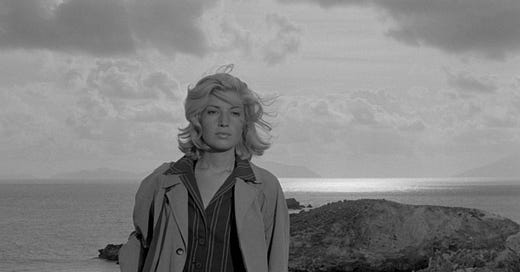



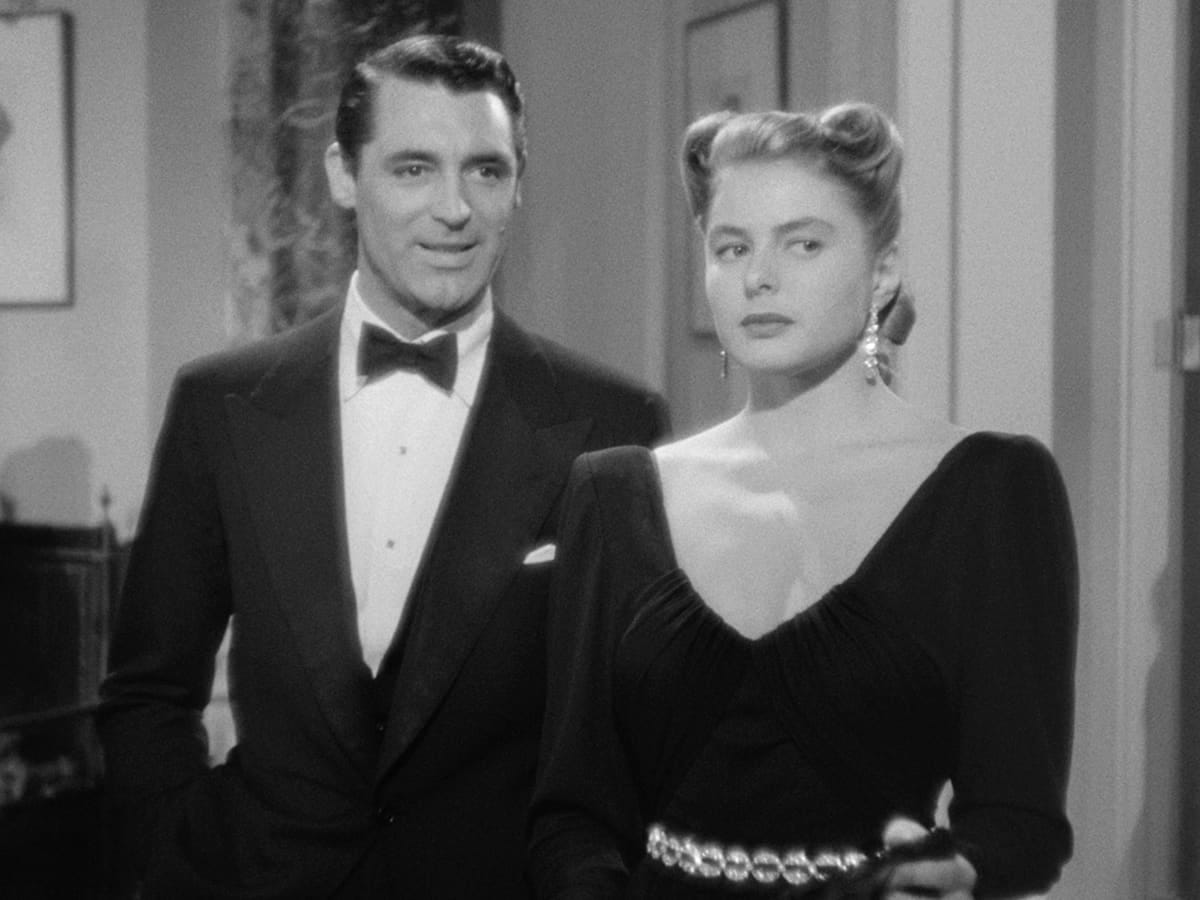

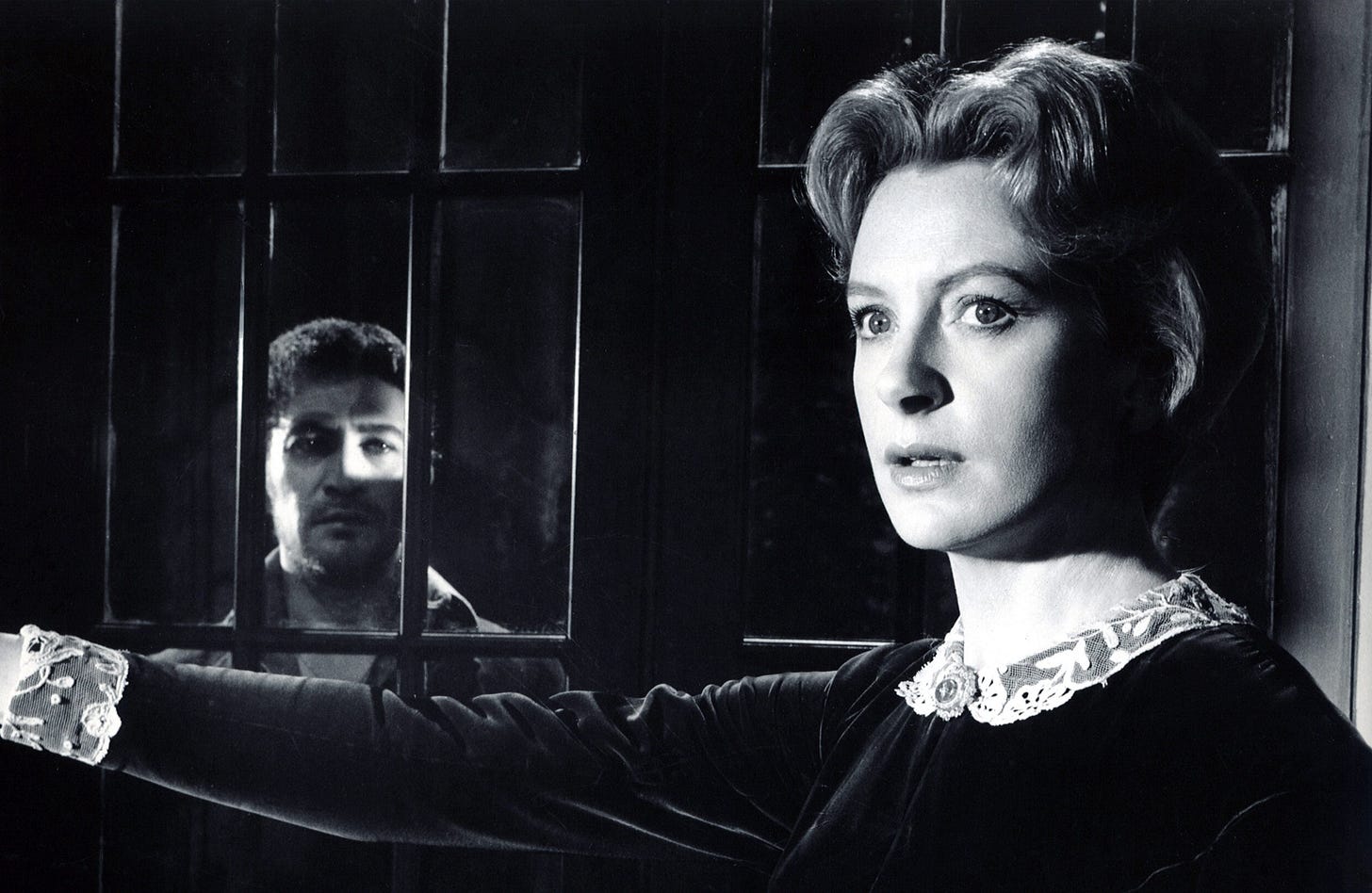

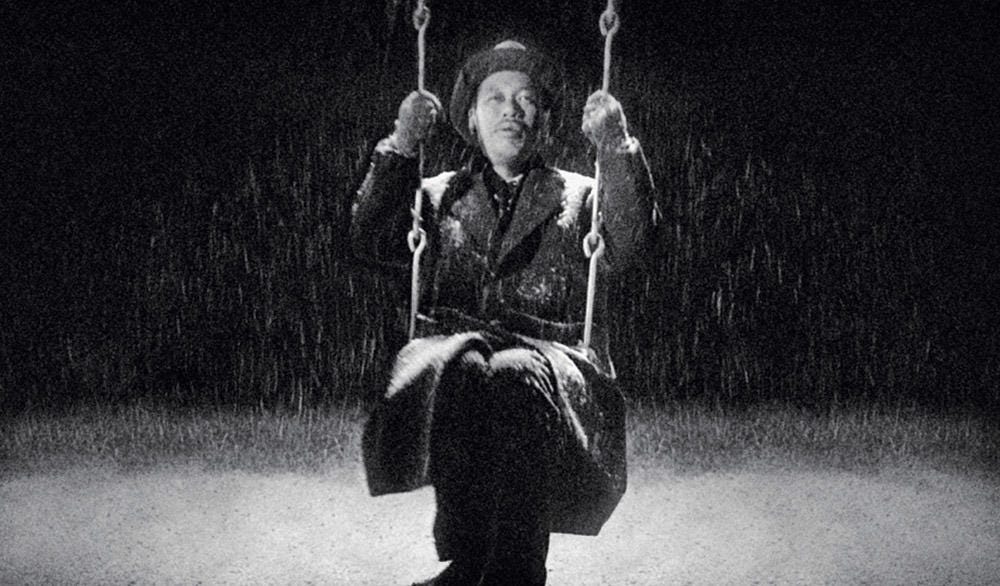
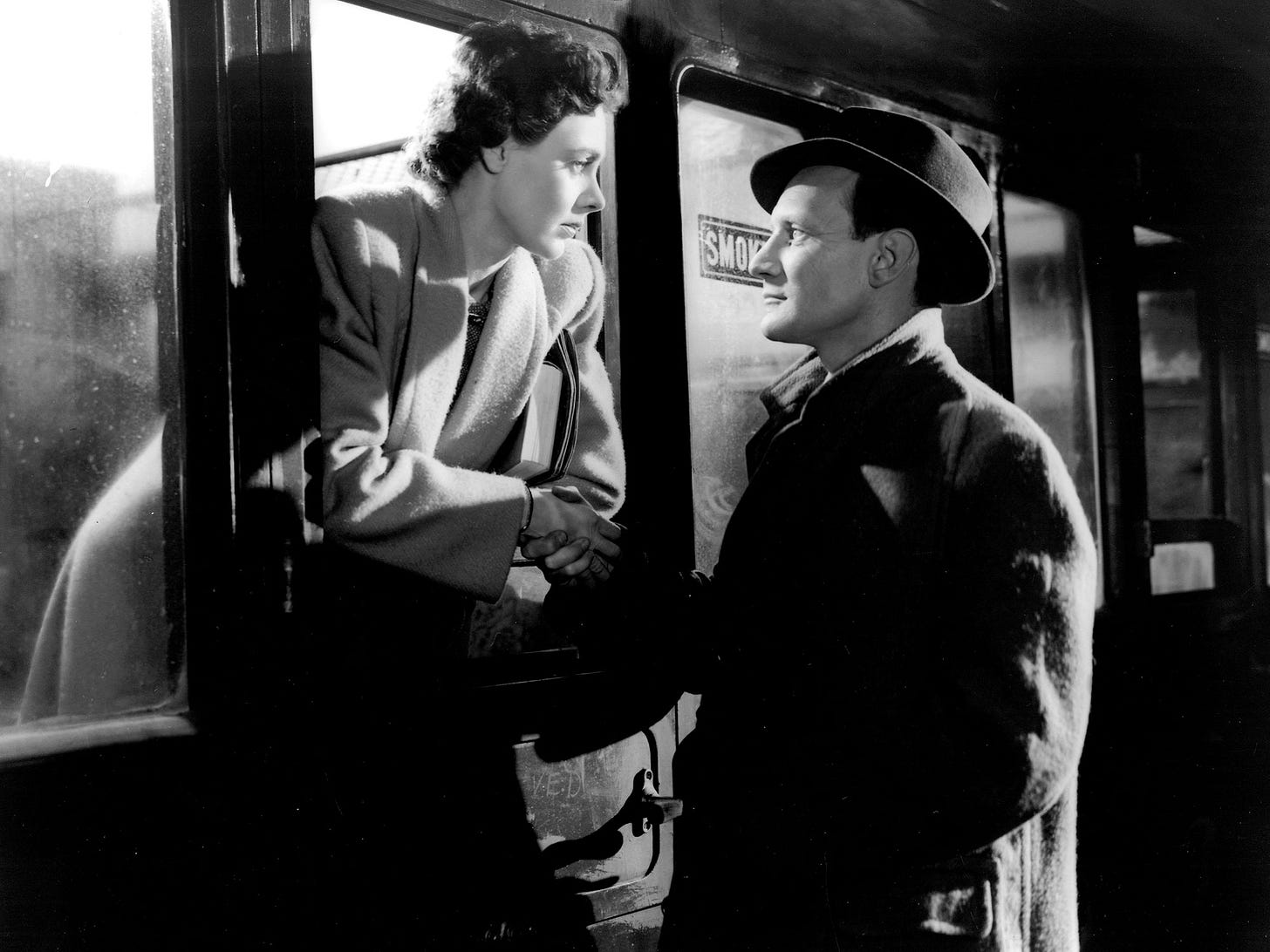

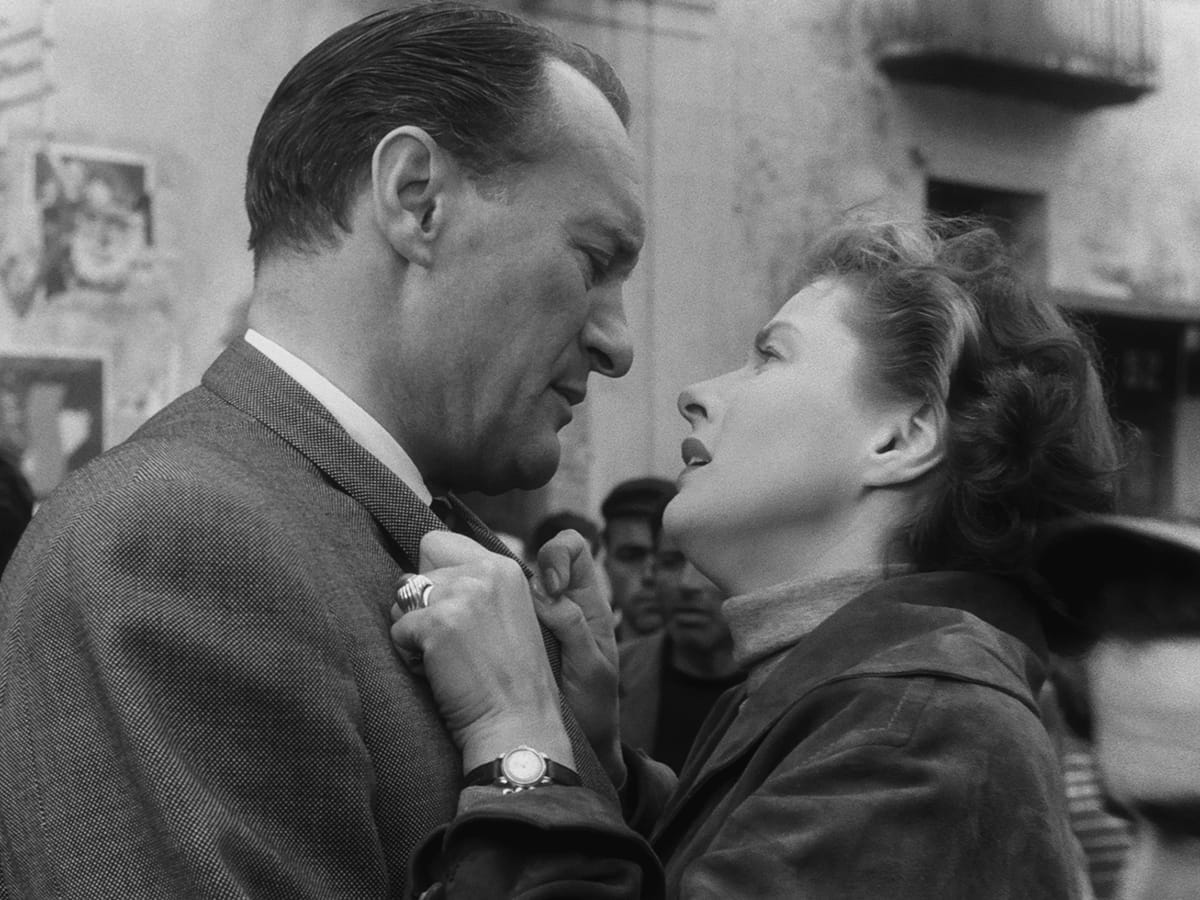


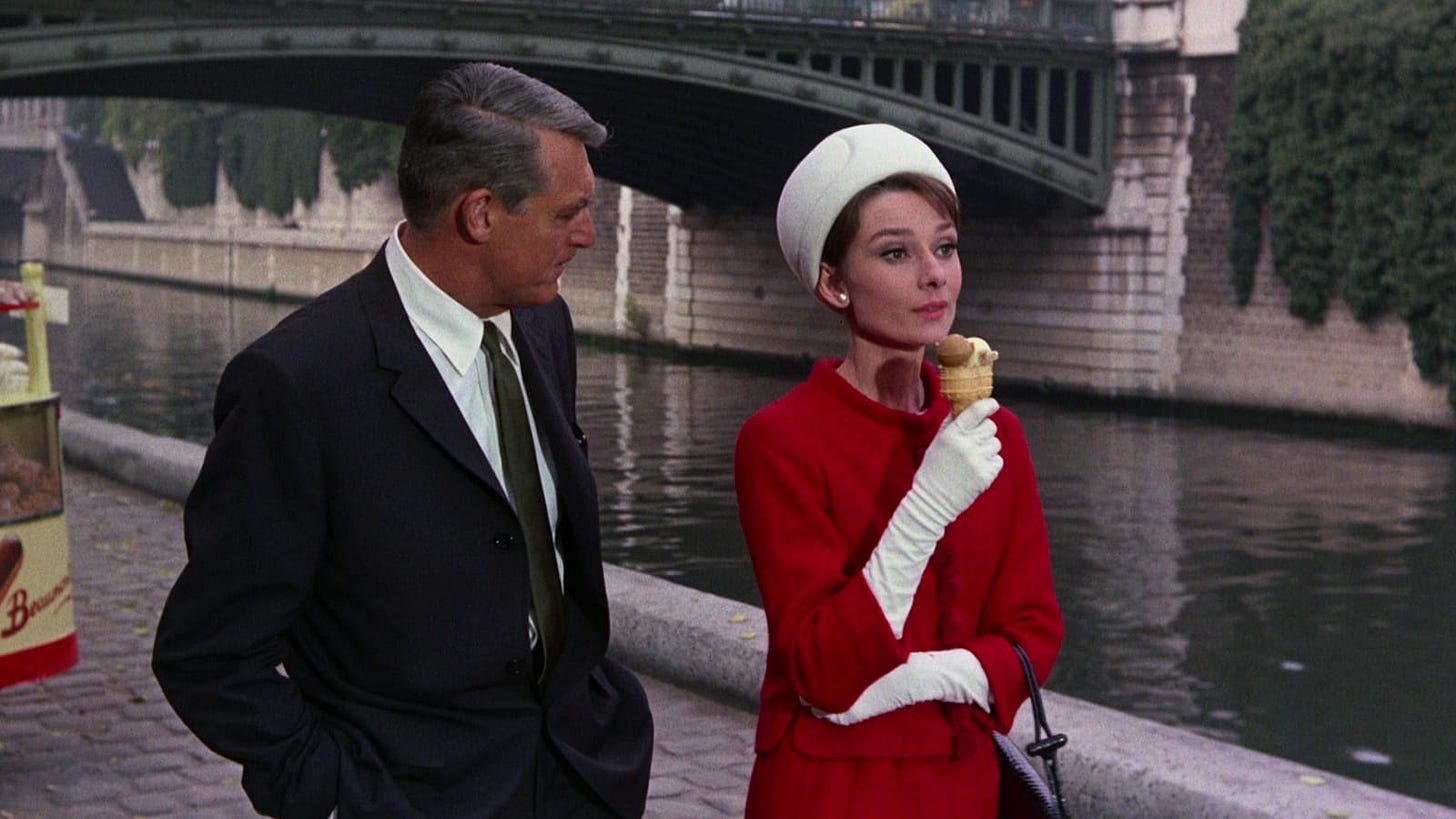
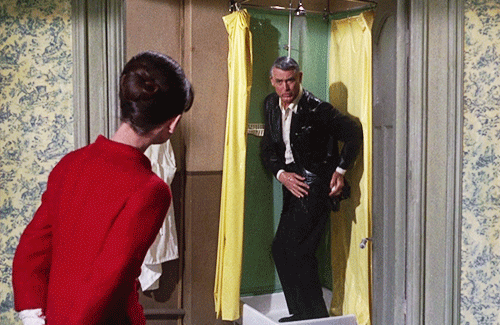
Incredible! Ikiru was a game changer for me, now I just need to make time and watch Notorious
Great list! I’m with you on all but one, LOL. I love Criterion and it’s the subscription is the best $99 I spend all year.